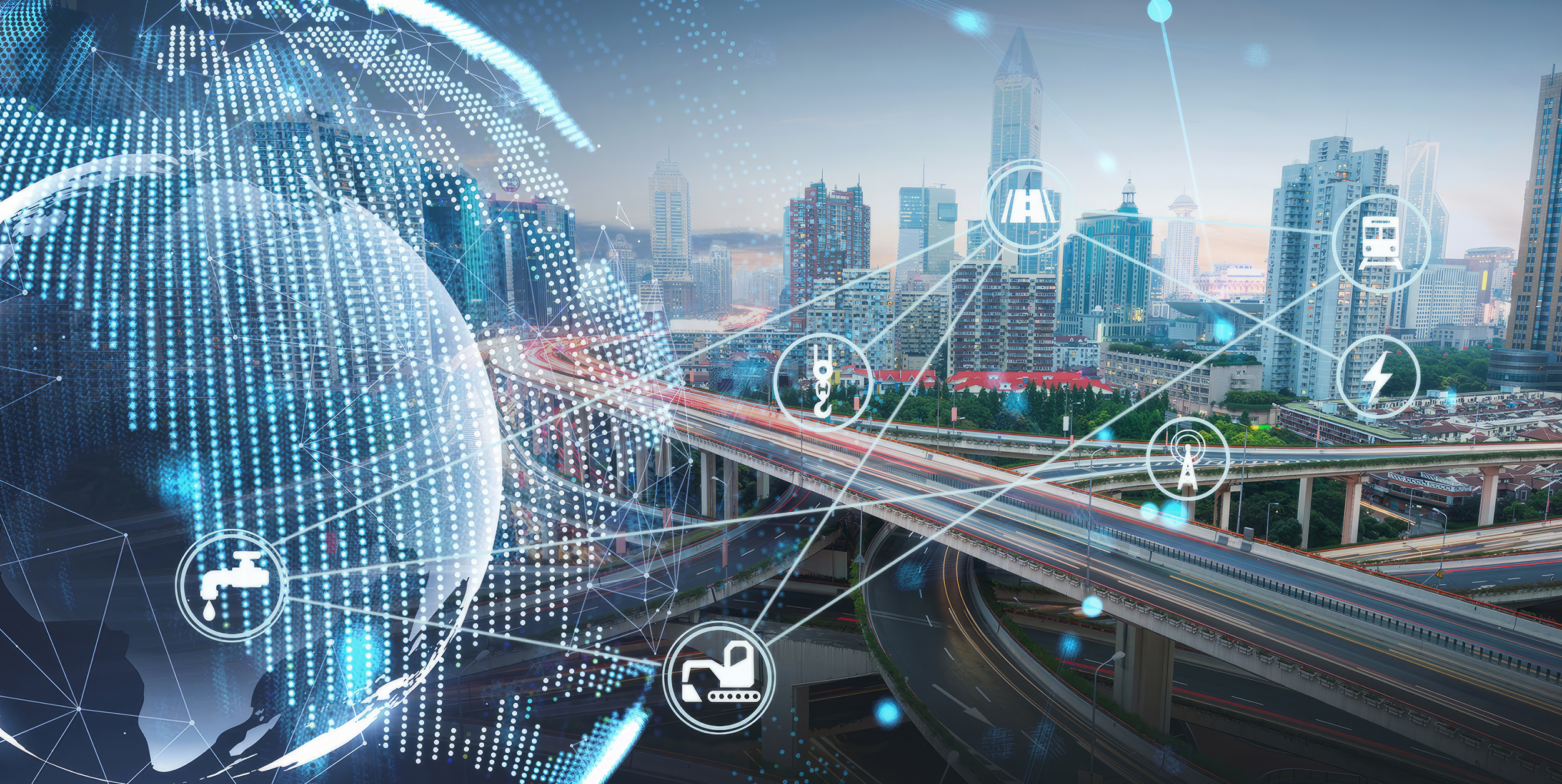

SOVEREIGN HOUSE OF LE ROUX

LE ROUX GLOBAL

PREMIER GOLD WORLD

PREMIER GOLD GLOBAL

PREMIER GOLD GLOBAL WEALTH

PREMIER GOLD CAPITAL
Technology plays an important role in the future development of infrastructure and it is very important that the latest technology available is used to ensure that undeveloped countries benefit from modern technology.
Land transport is divided into two sections, namely road and rail transport. The reported estimated figure to spend on infrastructure in road construction till 2030 amounts to $290 Billion Dollars per annum. This will largely compound the need to maintain, upgrade and replace existing road assets which deteriorate over time. However the projected figures for the significant upgrade to rail infrastructure amounts to $60 Billion Dollars till 2030. These projected figures reflect the infrastructure upgrades in the world market and it indicates the vast need to ensure infrastructure secures the future growth in economies and GDP of countries.
Water supplies and treatment clearly indicates a higher requirement than previous studies. The infrastructures development in water appears to be of greater concern to the developed countries and the 5 biggest economies indicated a spending of $770 Billion Dollars till 2015 and over a Trillion Dollars by 2025. The water supply in undeveloped countries is of greater concern as the resources are limited and funding seems to be difficult to raise, to accommodate the spending.
The expected Telecommunication spending in infrastructure worldwide seems to be higher until 2015, and amounts to $646 Billion Dollars, thereafter it is to decrease, and by 2020 spending will be $ 572 Billion Dollars, and by 2025 $171 Billion Dollars.
Large amounts of investment will be needed in the future to meet the increasing demand in both quantity and quality of electrical service infrastructure. The challenges to continually find newer and cheaper technology are of utmost importance. The increase in replacing and maintaining existing infrastructure becomes extremely costly and the total worldwide electricity investment needs to increase to $350 Billion Dollars by 2030.
A rough calculation suggests that for the period of 2015 to 2030 infrastructure requirements in the above sectors will amount to $53 Trillion Dollars. Adding the generation of electricity would lift the figures to $65 Trillion Dollars and other related energy infrastructure investment increase the amount to above $71 Trillion Dollars. Clearly the figures will rise further if other related infrastructure is included such as ports, airports and storage facilities.
The OECD member countries are Australia, Austria, Belgium, Canada, the Czech Republic, Chile, Denmark, Estonia, Finland, France, Germany, Greece, Hungary, Iceland, Ireland, Israel, Italy, Japan, Republic of Korea, Luxemburg, Mexico, the Netherlands, New Zeeland, Norway, Poland, Portugal, the Slovak Republic, Slovenia, Spain, Sweden, Switzerland, Turkey, the United Kingdom, and United States, The Commission of the European Communities takes part in the work or the OECD.
Infrastructure to 2030 in telecom, land transport, water and electricity are the foundation of modern economies and societies. Energy, transport, water and telecommunications will all continue to be very essential to the development of the future and growth of economies. Infrastructure over the coming decades will require massive investment and will run into trillions of dollars. What is very important is that these infrastructure developments will add to developing the world. The question upon the lips of everyone is, 'How will this be funded?'









